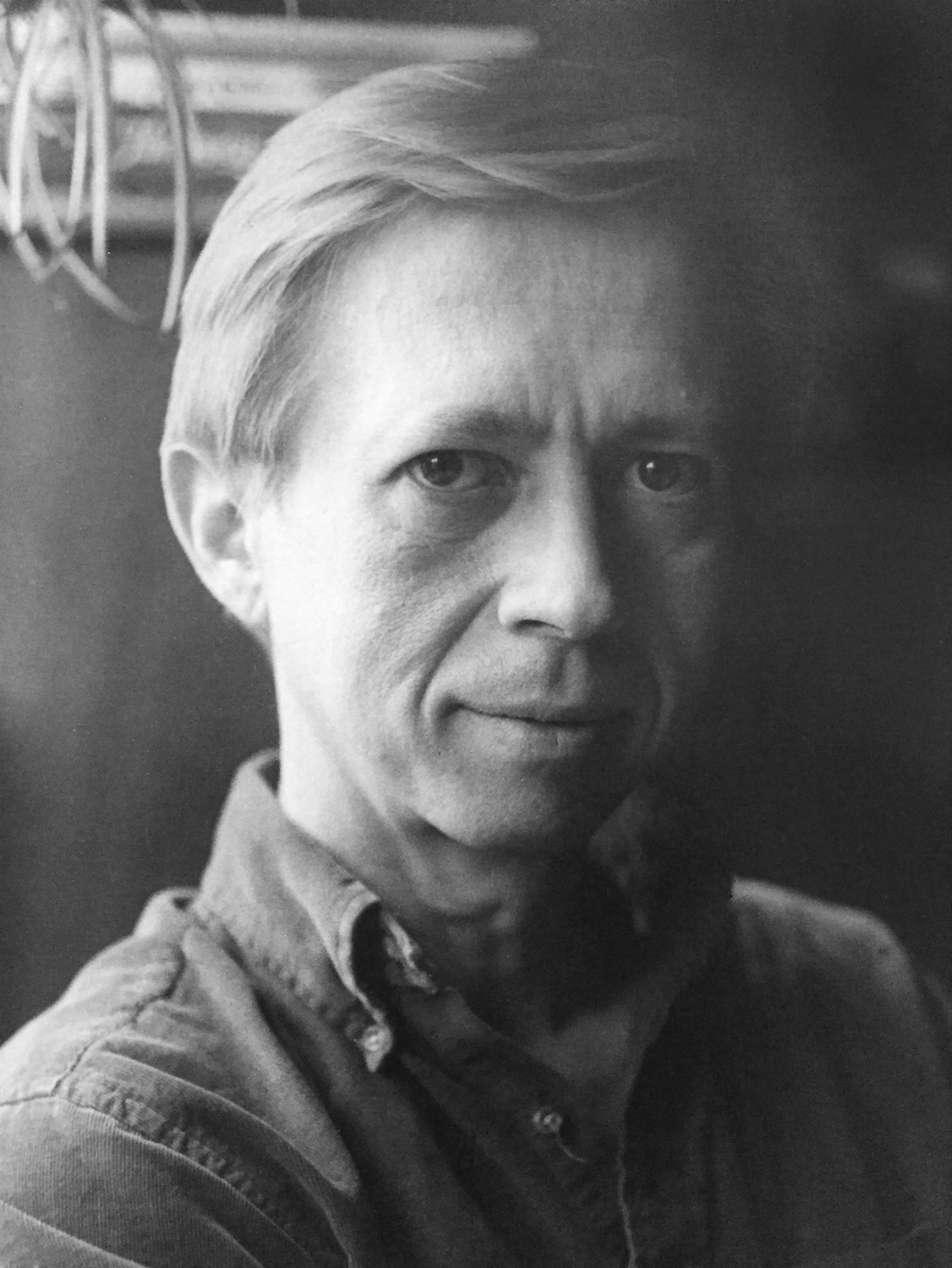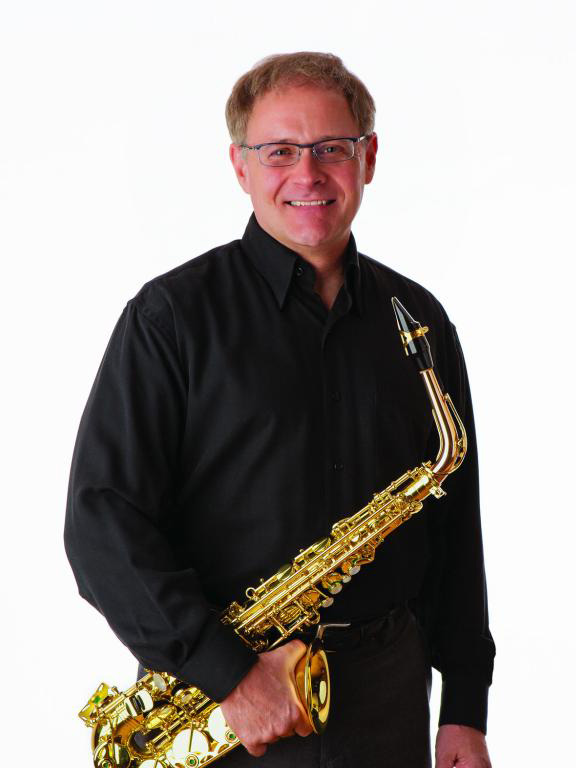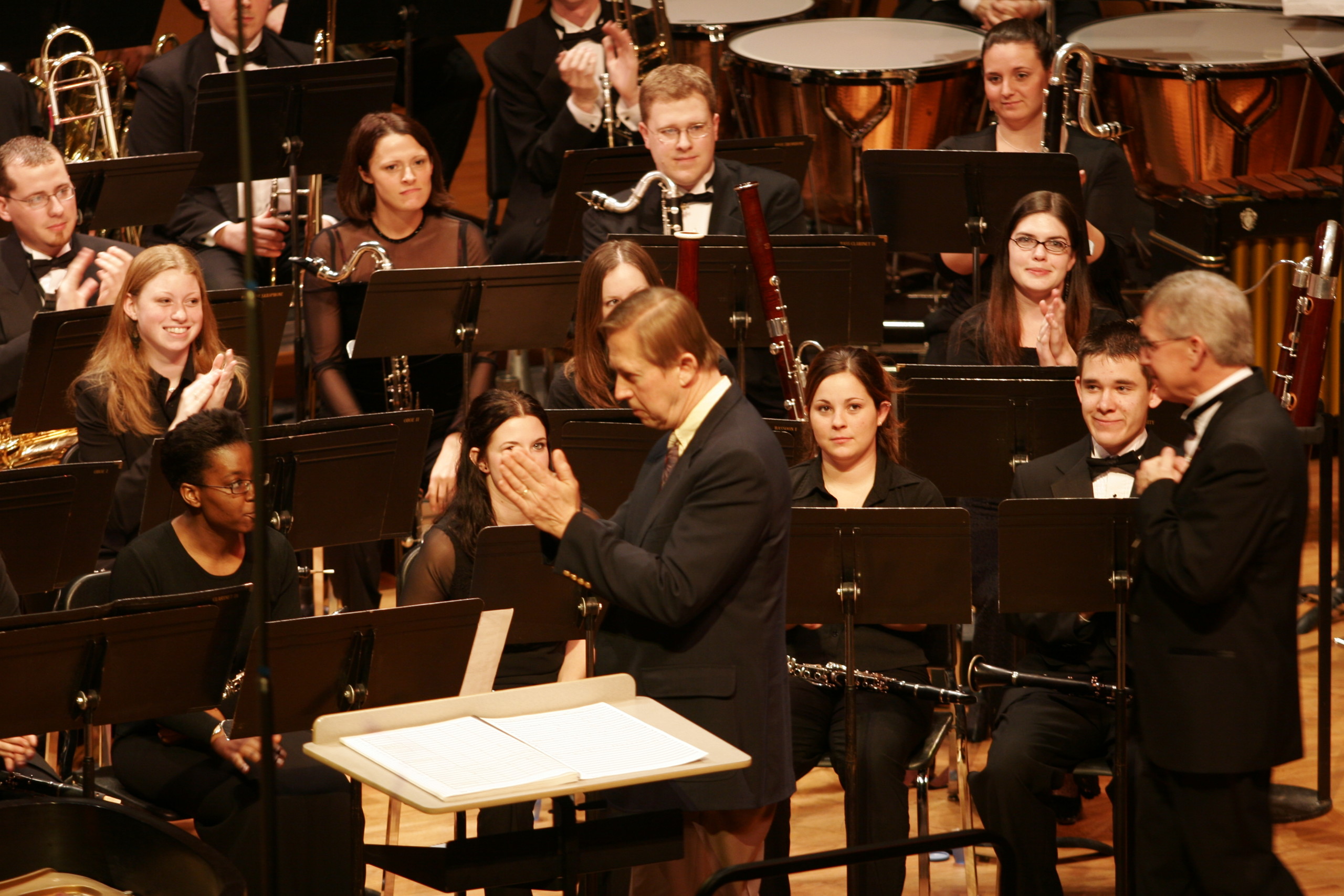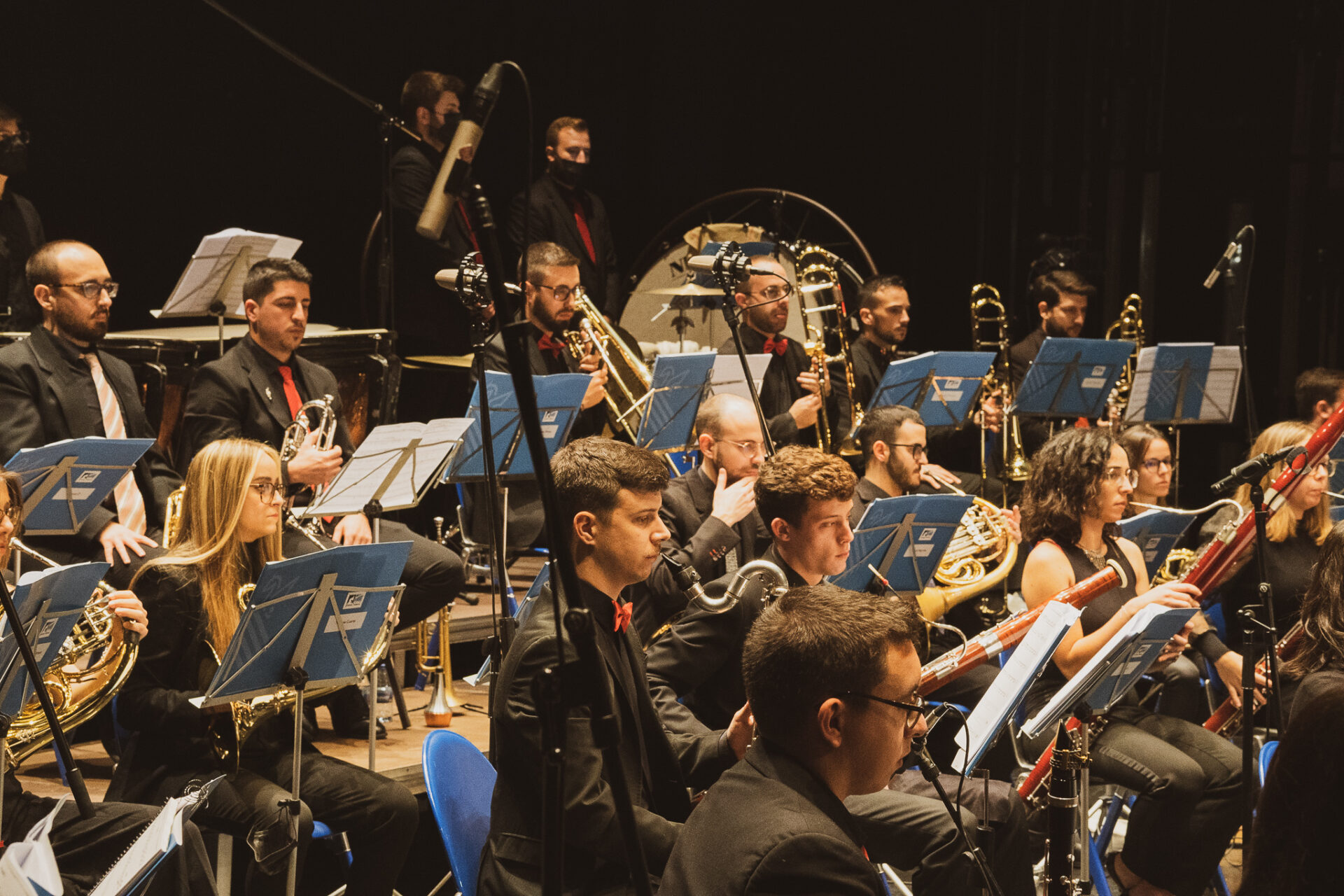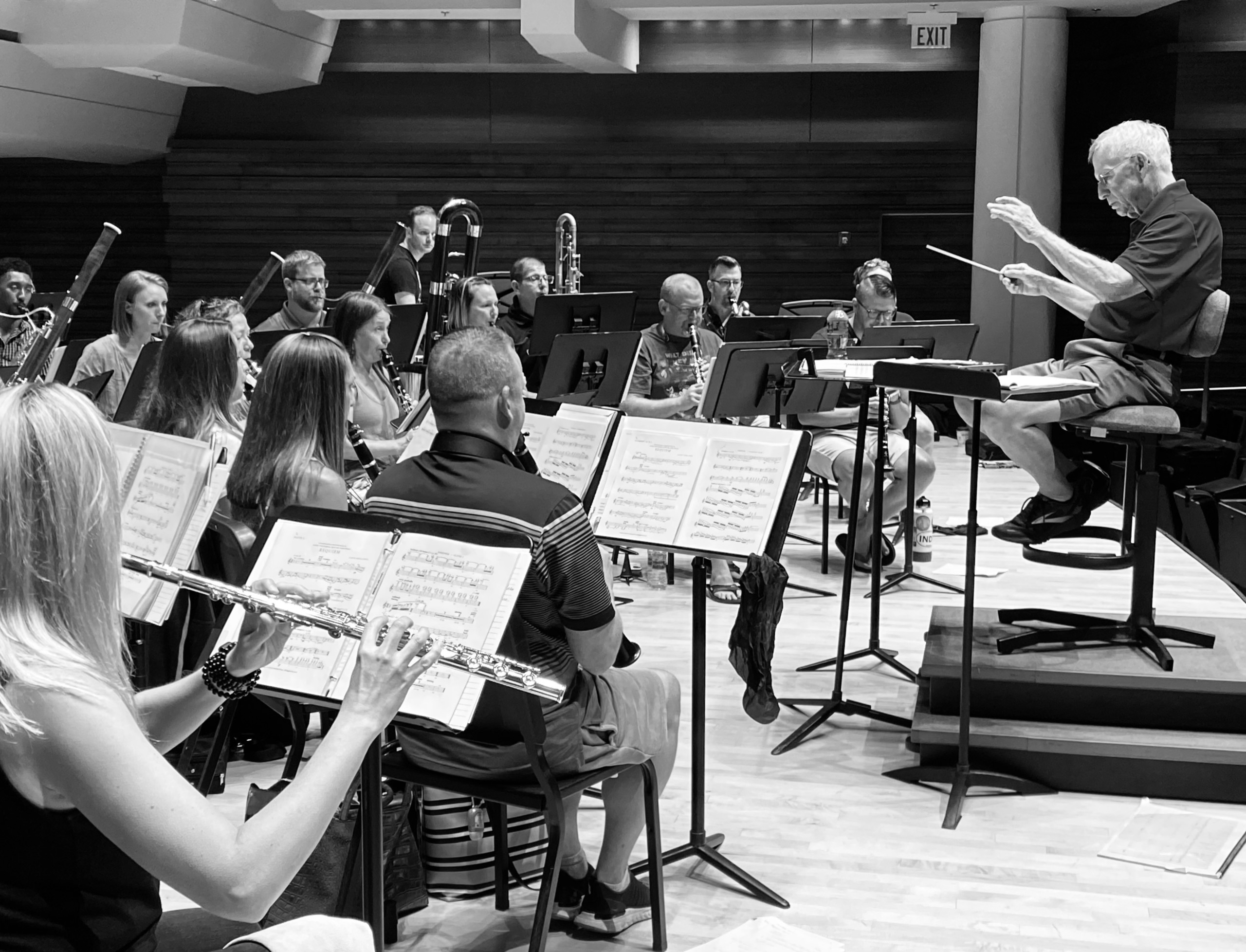What do I find interesting?
I am a constant and wide-ranging reader. My undergrad and graduate work was almost all music, with just minimum requirements in other areas. Since that time I have done extensive reading in many topics, including history, psychology, anthropology, religion, mythology and poetry. I read very little about music! History can give the facts and big ideas about an age, but poetry opens the soul, allowing an immediate and intimate engagement with people of other times.
My reading, like my composing, is not preplanned. I go where my interest pulls me. Over time it has focused on the issue of war, and with that, the foundational issue of human violence: What is it in each individual, what in society? What is the nature of war? How is violence transformed in the individual and in the world? Violence cannot be avoided or eliminated, no matter how much we may pray for peace. On the other hand, it is possible actively to work with the energy of violence. I have come to understand that violence can be transformed in composing and performing music. Players and audiences come to a unified sense of well-being. The deepest insight I can offer is this: you cannot hate while making music.
Two stories on this theme:
No. 1
I traveled to Beijing, China in July of 2016 at the invitation of Li Fangfang, founder and music director of the Beijing Wind Symphony, and the Asia-Pacific Band Directors Association which was holding its 19th annual conference. Bands are flourishing in Asia and there is great interest in Western wind music. At the same time there are troubled political issues between China and the U.S., between China and its neighbors: Taiwan, Japan, and Korea. Yet musicians from each of these countries came together in peace and friendship to help young people in China become better musicians. There were smiles, photos, handshakes and hugs. Li Fangfang earnestly ask me if China and the United States would go to war. I told him I didn’t think so, and that what we were doing with music was a quiet but powerful force against war. Li Fangfang led the Beijing Wind Symphony (China’s first independent professional wind ensemble) in a performance of my Symphony No. 4 for an audience of several thousand. A central theme in the Symphony is the “Old Hundred” hymn, which I sang for the audience as part of my commentary. This melody was well-known to many of my listeners, and there were smiles of recognition and appreciation as I sang. Music creates peace.
No.2
A few years ago in my history reading I revisited William Shirer’s great first-hand account of Nazi Germany, The Rise and Fall of the Third Reich. Statistics are numbing. The death of fifteen million Jews is impossible to grasp; it becomes merely a number. But the death of one is a tragedy that can open our hearts. Shiver related the story of a town of 5,000 Jews who were systematically slaughtered. Among them was a small family group, a father with his eight-year-old son, and the boy’s grandmother holding a year-old baby. The father was trying to give his son courage in the face of what was about to happen; the grandmother was holding and bouncing the baby to make it smile. In the next moments they were machine-gunned to death. I was deeply drawn into the story without knowing where I was going or why. I am in it; it must be spoken through me in musical sound. The piece that came, Remember Me for solo cello and 19 players, is for that little baby. The music is violence transformed. It opens our compassion. You might think it overreaching to say that history can be changed, but through music, that single awful moment is softened and surrounded by love. There is release in each of us for the this long-held awfulness, which gives us the heart and strength to embrace our current time.
Concerning the unconscious
My music has always surprised me. It seems to come out of someplace deeper than my conscious mind, and to give me powerful musical feelings that I could not consciously think up. This means that I don’t and can’t preplan musical compositions. Preplanning creates a box which immediately limits what the full expression of the music might be.
When I was younger, and before I had any concept of the unconscious, a musical impulse would push at me, and I felt compelled to follow that push until the full shape and force of a piece came into being. The music appeared as something much deeper and more powerful than I could have conceived of consciously. In my mid-30’s I began to explore the unconscious source. I read Carl Jung’s Man and His Symbols (the source of the material for “A Child’s Garden of Dreams), and began my own work with his concept of “active imagination.” This was a long and complex journey, but suffice to say that I found that I was able to move my conscious mind into my unconscious dream space. This is not as arcane as it sounds. It is normal for the conscious mind to have a direct connection to the unconscious – in fact there is no clear boundary – but mostly we don’t pay conscious attention to it. The closest we come to ordinary experience of it is in sleep dreams and day dreaming. We also experience intuitions, “aha’ moments, gut reactions, and a whole array of unexplained phenomena, such as thinking of someone in your past and the next day receiving a communication from them.
In shamanic practice the experience of a “descent” into the unconscious is accomplished by imagining oneself walking into a cave or large opening in the earth, and continuing until coming out “someplace else.” “Someplace else” is the beginning of dream space, the first stages of the deeper unconscious, and the opening to all that is. It is possible to explore directly in this space, to ask questions, and to receive answers and help.
Some years ago it occurred to me that in his television program, Mr. Rogers was bringing his young audiences to this kind of inner travel through his imagination trips to the “land of make believe.” He would ask the trolly to take us there, and the trolly would go into the tunnel. The picture would shift, and the trolly would come out “someplace else.” In this magical place were archetypal beings – the king and queen, prince and princess, talking animals, and a witch. It was there that Mr. Rogers created small dramatic episodes to help young children cope with growth and emotional issues. He used dream space to bring forward helpful imaginative ideas. He audience simply went along with him as if it were the most natural thing in the world, and it is. I have been directly engaging my “land of make-believe,” my unconscious dream space, in all of my composing since “A Child’s Garden of Dreams.”
What interests me in music
I am interested primarily in trying to write a good melody, and then to find the sense of continuous line and power through a whole piece. I am my first audience and first critic. When I am writing I can feel when something doesn’t have full power, and I will work until that power is felt. Once something is right I experience what I call the “ click of rightness.” Once that happens I know that the thing is right, and I don’t fuss with it anymore. The “click of rightness” applies to everything from single moments to whole movements to whole pieces.
I am very drawn to folk songs, and in the same way to the Bach Chorales. Like folksongs, these melodies are the products of many generations of voices, singing, singing, singing until the melodies have reached there own feeling of deep rightness. Folk songs and the Chorales are invariably simple melodies, yet they embody the full depth and richness of human experience.
Through years of singing the Chorales my own composing has absorbed something of there simple directness. Much of my music arises out of extremely simple ideas. I have called these “dumb” ideas because they can seem to be utterly commonplace – a few diatonic notes, a few simple rhythms, or simple repetition of a major or minor chord in a steady pulse. The difference for me is that these ideas come with an aura: there is a sense of big power in them that will come forward if I am persistent in my work.
I never reject an idea because it seems too simple, or because I have already used similar ones a lot. The full power of simple ideas unfolds over many pieces, ideas such as steady-pulse repetition of an accompaniment chord, or the few notes of a melody fragment. I hear myself say, “I’ve done that a lot already; I should move on to something else,” but then I am pulled right back into the flow of steady pulse, and it shows me something new and powerful.
I am drawn to old melodies, and to traditional materials and techniques. They embody a depth of human resonance; they don’t wear out. A seemingly simple four-part chorale by Bach embodies the work of countless generations to create a way of making melodies, combining melodies in counterpoint, producing harmony and harmonic motion, making phrases, and a notation system that accommodates all this. This is the true soil out of which personal expression can grow. Twentieth-Century modernism tried hard to discredit and do away with the old language, asserting that it was used up. But the old language was’t listening. It is vitally alive, and growing into the future.
I have had many favorite composers from old to modern. Here is a partial list: Monteverdi, Scarlatti, Purcell, Haydn, Beethoven, Berlioz, Liszt, Chopin, Brahms, Schoenberg, Mahler, Debussy, Bartok, Rimsky-Korsakov, Stravinsky, Britten, Copland, Barber, Carter.
There are many other names and influences that I could mention. From childhood on I have been immersed in pop, jazz and folk music. My music is not any of these, but I have been strongly influenced by them. This raises the question of the American Voice in music. Does it exist, and if so, what is it? Like our spoken language, all the elements of our musical language come from elsewhere. And like our spoken language it is how we speak them. My speech is rooted in New England. I will conjecture that we speak music with the same qualities of rhythm and inflection that characterize our native spoken language, and this is what makes music American in all its varieties.
I have mentioned three pieces of music in the above, and these might be a good entrance point for anyone coming to my music for the first time. Here are pieces spanning 30 years:
A Child’s Garden of Dreams – 1982
Symphony No. 4 – 1993
Remember Me – 2013
“A Child’s Garden of Dreams” – the beginning of active imagination
Jung’s term, “active imagination,” means fully focused attention on an idea, image or feeling – in reality a conscious day dream. There is nothing strange about it; it is simply concentrating fully on an idea or image, and participating in it as it moves.
I came across the dreams that formed the basis of “A Child’s Garden” in Jung’s “Man and His Symbols,” and thought immediately that there was music in them. They were the dreams of an eight-year-old-girl that spoke uncannily of her impending death. I decided to approach the dreams through active imagination, bringing each image into full conscious awareness.
The first dream: “There is a desert on the moon where the dreamer sinks so deeply into the ground that she reaches hell.” I imagined myself rising into the air, seeing the city below me, then the curve of the earth, then traveling to the moon, circling the moon, seeing a cave entrance, going in and traveling down, down, down. As I approached hell I could feel the heat rising in my body. This was a powerful experience. It did not immediately give me music, but my sense of it, after many years of experimenting with this process, is that a channel is opened in my mind which receives the specific energy that wants to become music. I have come to trust this process. I use it for all of my composing, and for all the work that I do with conductors and performers.
“A Child’s Garden of Dreams” is a five-movement symphonic suite for one-on-a-part wind ensemble. Prominent oboe solos tie the movements together. The second movement quotes the folk song, “Black is the Color.” The third movement is the most graphic, a fierce depiction of a monster devouring the young girl. The fourth movement is the most abstract – the nature of creation, the girl sees the world in a drop of water – but also the centerpiece of the work. The final movement depicts a reversal: pagan dances in heaven, and angels doing good deeds in hell.
Symphony No. 4 is by far the most popular of my large-scale pieces. It is a single 27- minute movement comprising a series of connected episodes. It divides roughly into two halves, the first seemingly the energy and turmoil of a life, punctuated by powerful revelations of spirit, and the second the journey toward God. A core element of the Symphony is the many references to the hymn, “Old Hundred” (the Doxology). I came across this melody in reading Carl Sandburg’s “Abraham Lincoln: The War Years” about Lincoln’s funeral train, how it stopped in Columbus, Ohio, where, following public display of the coffin in the State House, it was carried out to the waiting train while a brass band played “Old Hundred.” I began playing with the tune, creating a large number of variations and feelings, from interior to jazzy to explosively breath-taking. The extended ending is one of the grand moments in my music, and I think why people are so attracted to this piece.
“Remember Me” is a one-movement, seventeen-minute concerto for cello and nineteen players – winds, brass, percussion, harp, and piano. I gave the full story of this piece above. It’s musical materials are extremely simple, and its textures are transparent. it is a free fantasia with a centerpiece entitled “a song in the middle.” This is a a quiet and heartbreaking melody for cello and piano alone.
